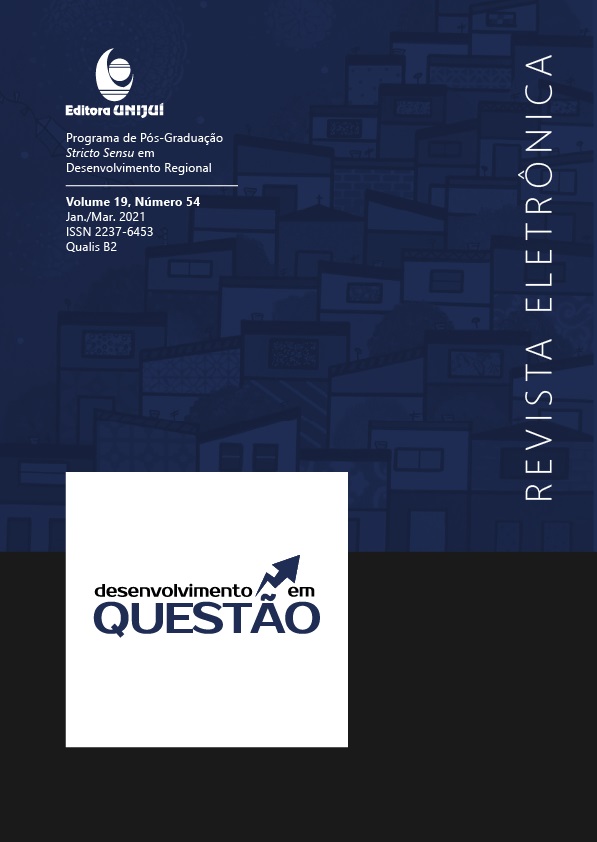THE ORIGINS OF RECENT BRAZILIAN ECONOMIC DEFAULTS: COME FROM REAL ECONOMIC OR FINANCIAL ISSUES?
DOI:
https://doi.org/10.21527/2237-6453.2021.54.48-67Keywords:
Flow of Funds. Asset Liability Matrix. Financial Imbalance. System of National Account. Financial Instruments.Abstract
This paper aims to discover whether the origins of the recent Brazilian economic defaults (2009, 2015, and 2016) were related to the real economy or to pure financial transactions. To do so, we analyzed the discrepancy of dispersion index (DDI) and structural path decomposition from flow of funds (FOF) matrices of the Brazilian economy from 2004 to 2015. Financial transactions mirrored real transactions in almost every year, except in 2008, when financial transactions more highly contributed to the imbalance. Additionally, the total value of financial firms’ transactions grew more than that of non-financial firms in periods preceding economic defaults (2008 and 2014) while the continued growth of non-financial firms transactions decreased the DDI in 2009 and 2015. Changes in the power of dispersion indices corroborated this observation by pointing out that the government and non-financial firms reduced their financial sharing while financial firms improved their role as financial intermediaries and, at the same time, the rest of the world was receiving a significant portion of Brazilian savings.
Downloads
Published
How to Cite
Issue
Section
License
By publishing in Revista Desenvolvimento em Questão, authors agree to the following terms:
All works are published under the Creative Commons Attribution 4.0 International License (CC BY 4.0), which allows:
Sharing — to copy and redistribute the material in any medium or format;
Adaptation — to remix, transform, and build upon the material for any purpose, even commercially.
These permissions are irrevocable, provided that the following terms are respected:
Attribution — authors must be properly credited, a link to the license must be provided, and any changes made must be indicated.
No additional restrictions — no legal or technological measures may be applied that legally restrict others from doing anything the license permits.
Notices:
The license does not apply to elements that are in the public domain or covered by legal exceptions.
The license does not grant all necessary rights for specific uses (e.g., image rights, privacy, or moral rights).
The journal is not responsible for the opinions expressed in the articles, which are the sole responsibility of the authors. The Editor, with the support of the Editorial Board, reserves the right to suggest or request modifications when necessary.
Only original scientific articles presenting research results of interest that have not been previously published or simultaneously submitted to another journal with the same purpose will be accepted.
Mentions of trademarks or specific products are intended solely for identification purposes and do not imply any promotional relationship by the authors or the journal.
License Agreement (for articles published from 2025 onward): Authors retain the copyright to their article and grant Revista Desenvolvimento em Questão the right of first publication.











